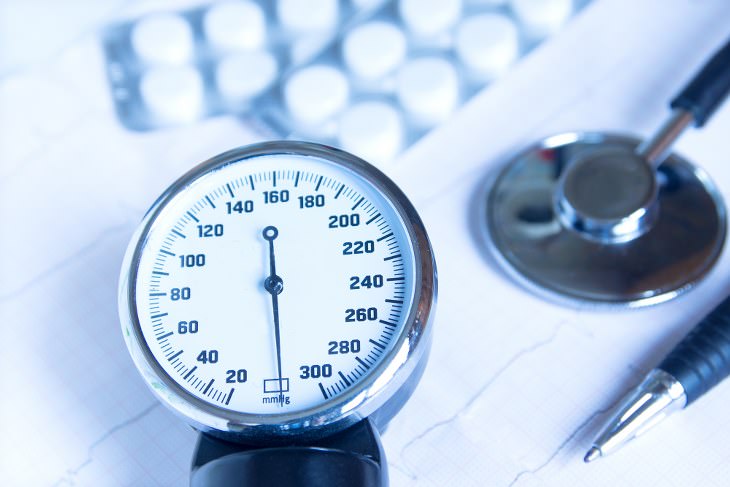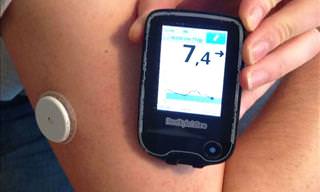The UCL researchers compared people's blood pressure readings with the temperature in their homes and found that the colder it was, the higher their blood pressure tended to be.
According to senior author Dr. Stephen Jivraj, their research "has helped to explain the higher rates of hypertension, as well as potential increases in deaths from stroke and heart disease, in the winter months, suggesting indoor temperatures should be taken more seriously in diagnosis and treatment decisions, and in public health messages."
He also added that "among other diet and lifestyle changes people can make to reduce high blood pressure, our findings suggest that keeping homes a bit warmer could also be beneficial."

The team discovered that each 1°C decrease in temperature led to a rise of 0.45 mmHg in diastolic blood pressure and 0.48 mmHg in systolic blood pressure. Ideally, your blood pressure should be between 90/60 mmHg and 120/80 mmHg, according to the NHS.
The researchers identified study subjects by making use of data from the Health Survey for England. Willing participants were initially interviewed via questionnaire, before being followed up by nurse home visits. A total of 4,659 participants were visited, and nurses were tasked with taking an indoor temperature reading in their living room, as well as measuring the participants' blood pressure.

The team accounted for potential confounding factors, like outdoor temperatures and deprivation in order to identify an independent association with indoor temperature. They discovered that the average diastolic and systolic blood pressure were 70.51 mmHg and 121.12 mmHg, respectively, in the warmest homes, while 74.52 mmHg and 126.64 mmHg, respectively, in the coldest homes.
The researchers noticed that the indoor temperature's effect on blood pressure was more potent among subjects who did not undergo regular exercise. This infers that being active could mitigate the risk of living in a colder indoor environment, while people who are physically inactive will require a warmer indoor temperature for better blood pressure management.
Co-author Hongde Zhao suggests that "clinicians take indoor temperature into consideration, as it could affect a diagnosis if someone has borderline hypertension, and people with cooler homes may also need higher doses of medications."

The team claims that what they discovered suggests having suitable heating in homes when it is cold could help reduce instances of hypertension and associated cardiovascular risks, especially among those at greater risk of having high blood pressure, such as the elderly and people with a family history of high blood pressure.
While the study failed to identify a suitable indoor temperature threshold, the team suggests keeping living rooms at 21°C or above. According to Dr. Jivraj, "the findings demonstrate support for universal benefit schemes such as the Winter Fuel Payment, which could be extended to enable everyone to heat their homes without worrying about the financial cost."
 Go to BabaMail
Go to BabaMail



























